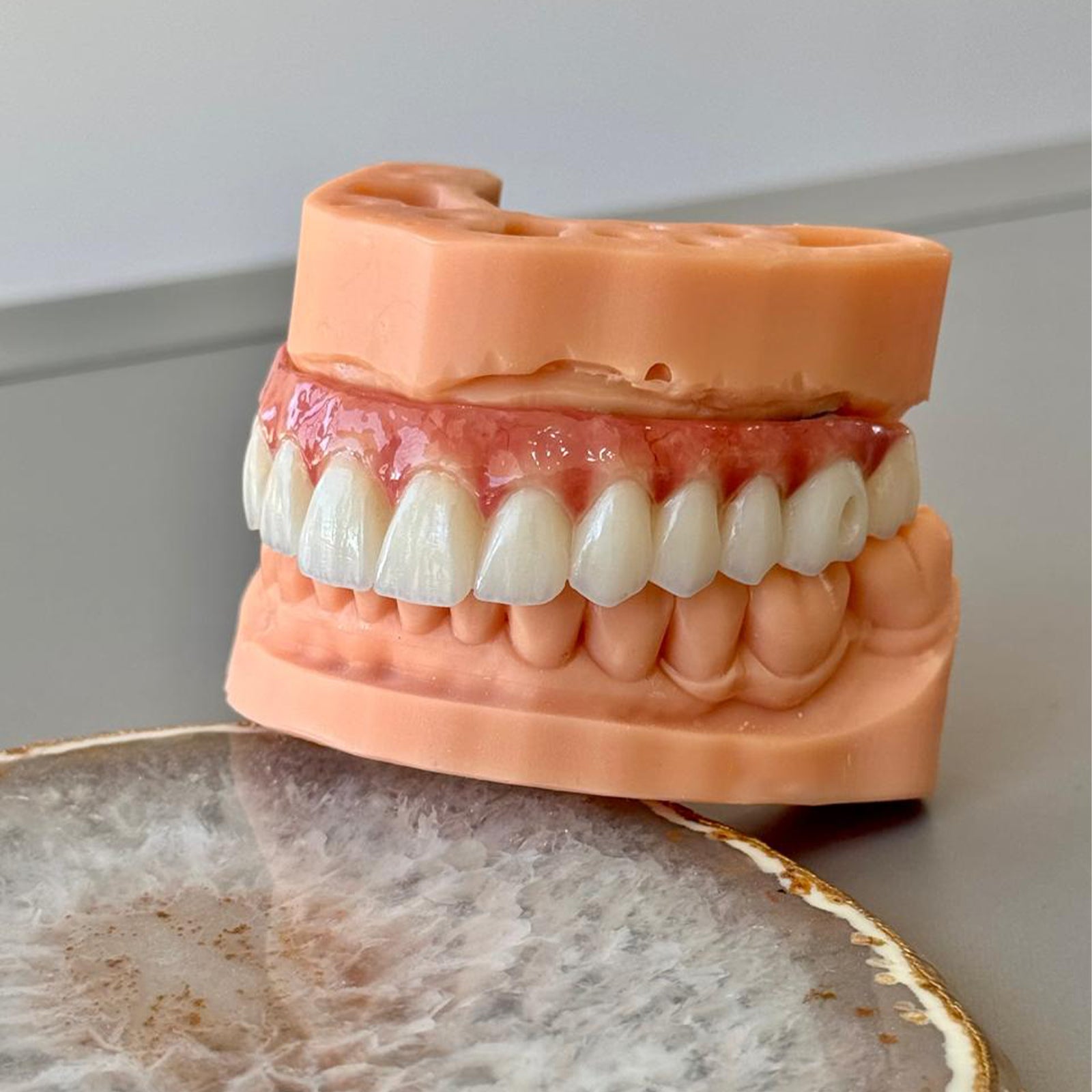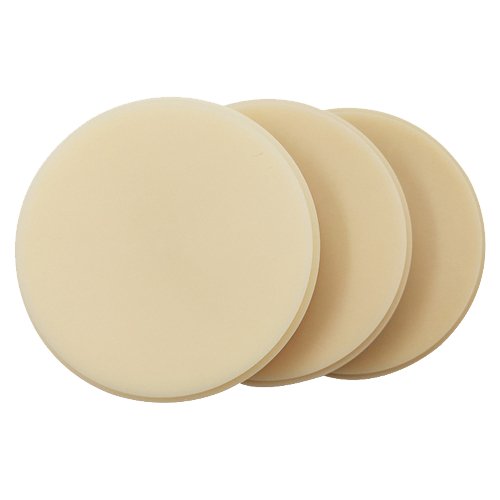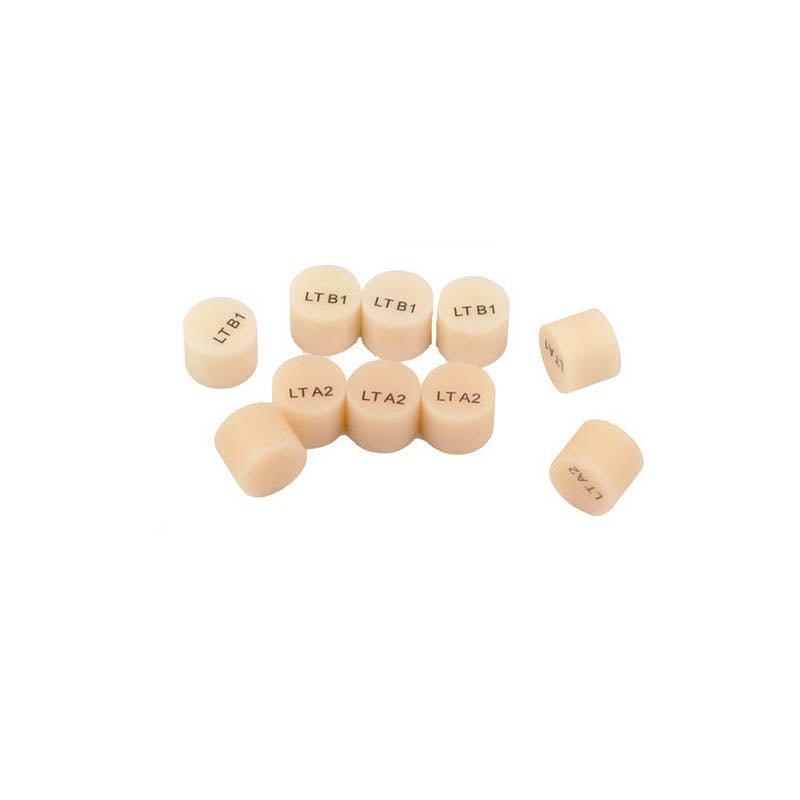When it comes to dental restorations, zirconia has become a popular choice due to its durability and aesthetic qualities. However, the process of fine polishing zirconia restorations can have a significant impact on the wear of natural teeth. Let's delve into the details of this crucial aspect of dental care.
What is Zirconia?
Zirconia is a type of ceramic material that is known for its strength and biocompatibility, making it an ideal choice for dental crowns, bridges, and implants. It is highly resistant to fracture and can withstand the forces of chewing and biting, making it a long-lasting option for dental restorations.
Importance of Fine Polishing
After the fabrication of zirconia restorations, the final step involves polishing the surface to achieve a smooth finish. Fine polishing is essential not only for enhancing the aesthetics of the restoration but also for improving its biocompatibility and reducing the risk of plaque accumulation.
Effect on Natural Teeth Wear
Research has shown that the surface roughness of dental restorations can have a direct impact on the wear of opposing natural teeth. When zirconia restorations are not properly polished, they can create excessive wear on the enamel of the opposing teeth, leading to potential issues such as sensitivity and damage.
The Role of Dental Professionals
It is crucial for dental professionals to pay close attention to the polishing process of zirconia restorations to ensure optimal outcomes for patients. By utilizing the right polishing techniques and tools, they can minimize the risk of wear on natural teeth while maximizing the longevity of the restorations.
Conclusion
In conclusion, the fine polishing of zirconia restorations plays a vital role in maintaining the overall oral health of patients. By understanding the impact of surface smoothness on natural teeth wear, dental professionals can provide high-quality restorations that promote both function and aesthetics in the long term.






